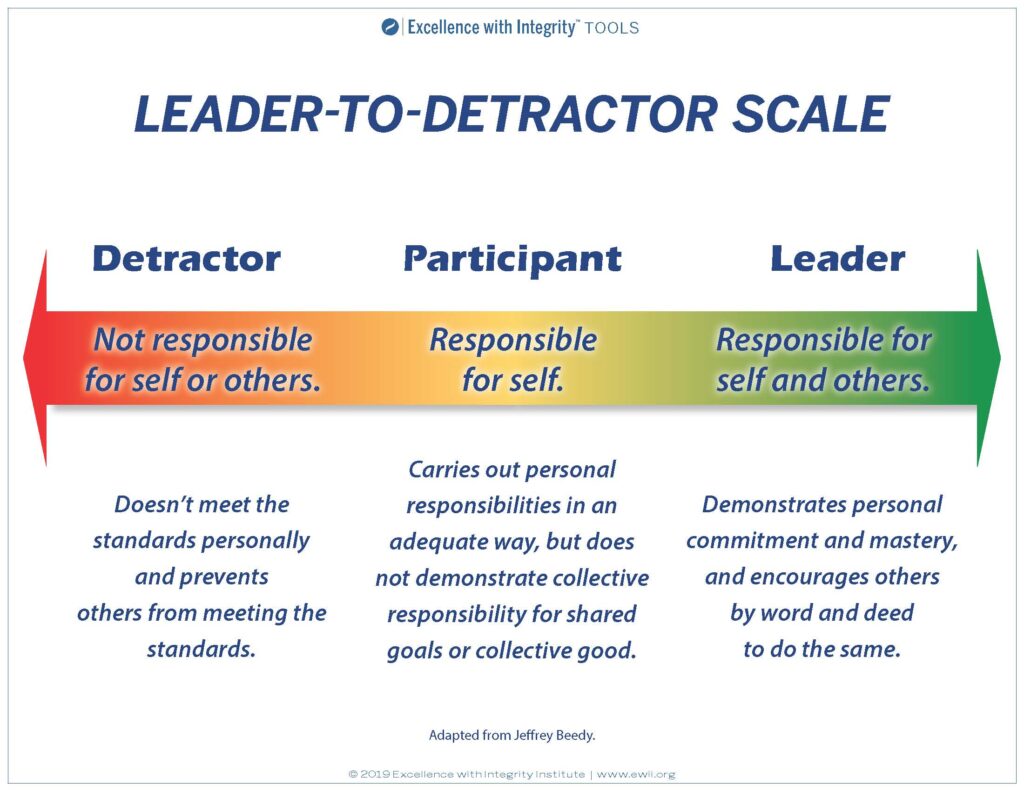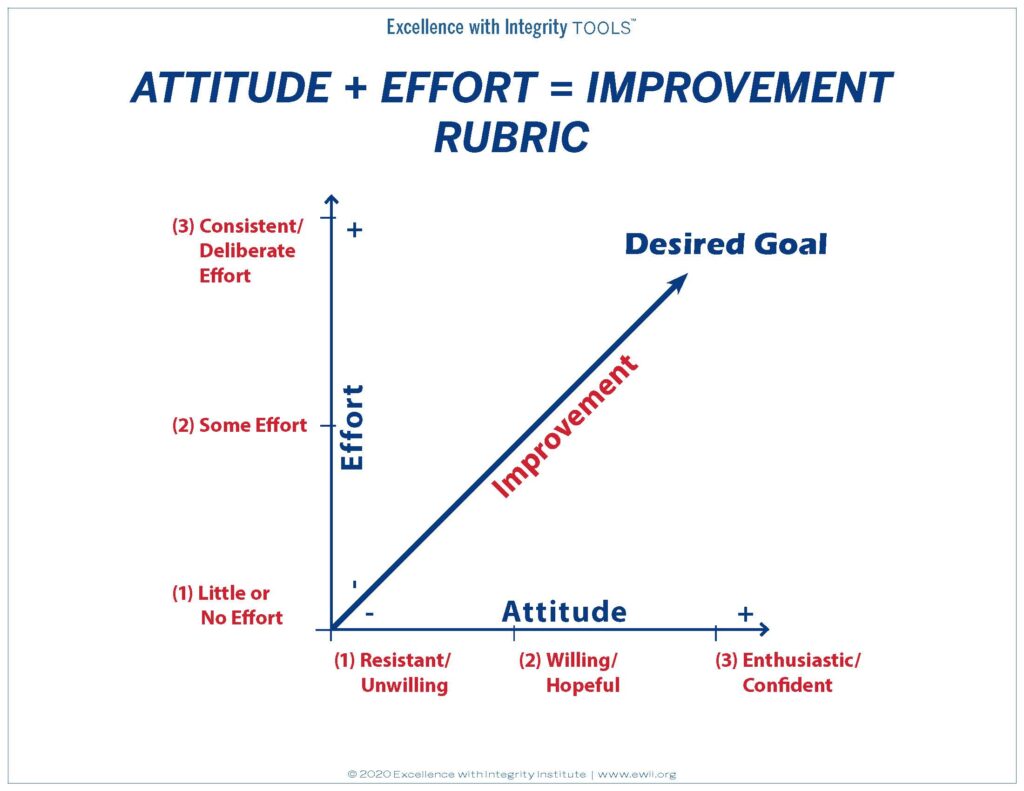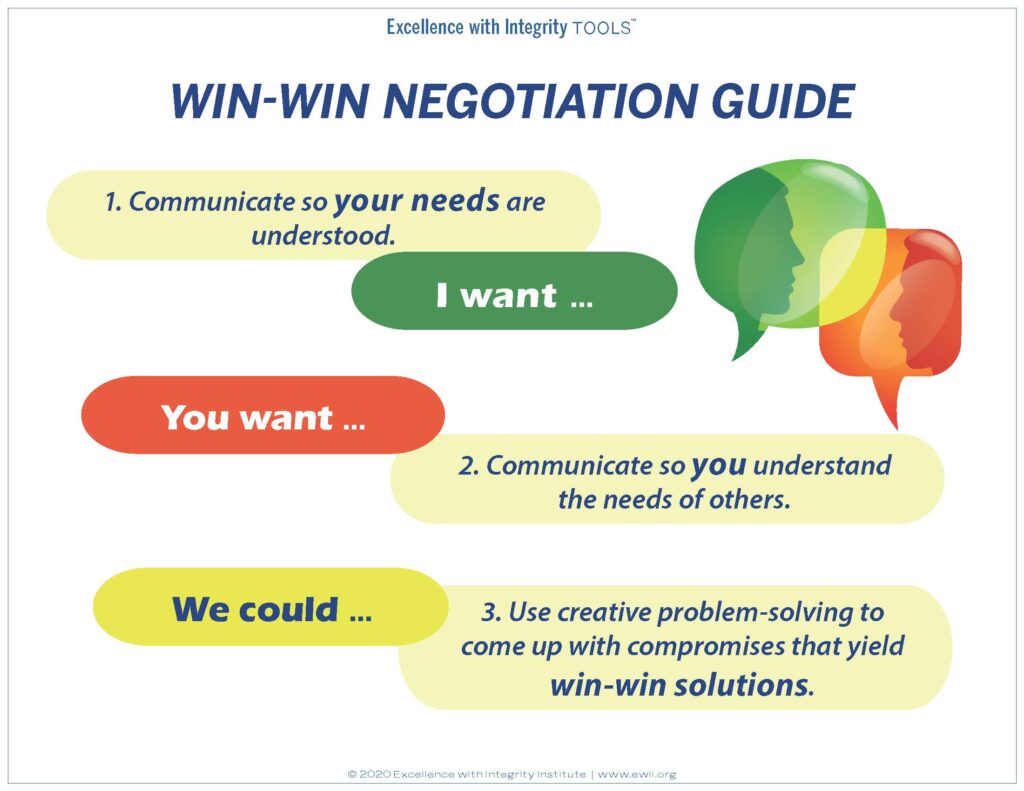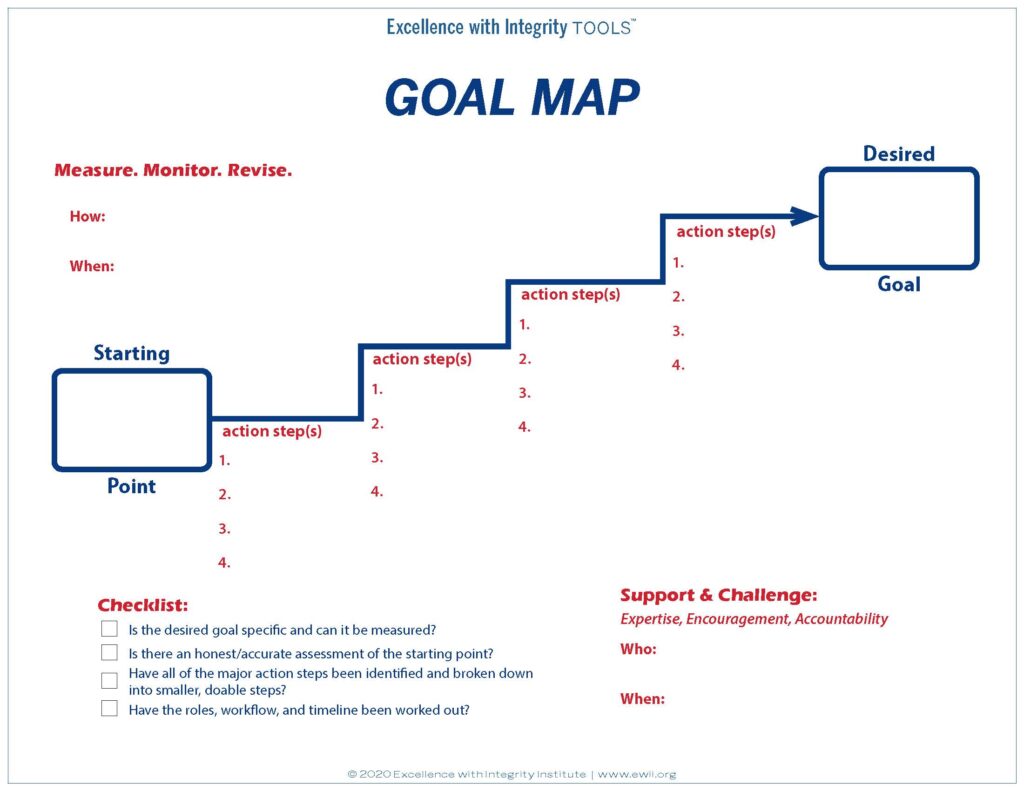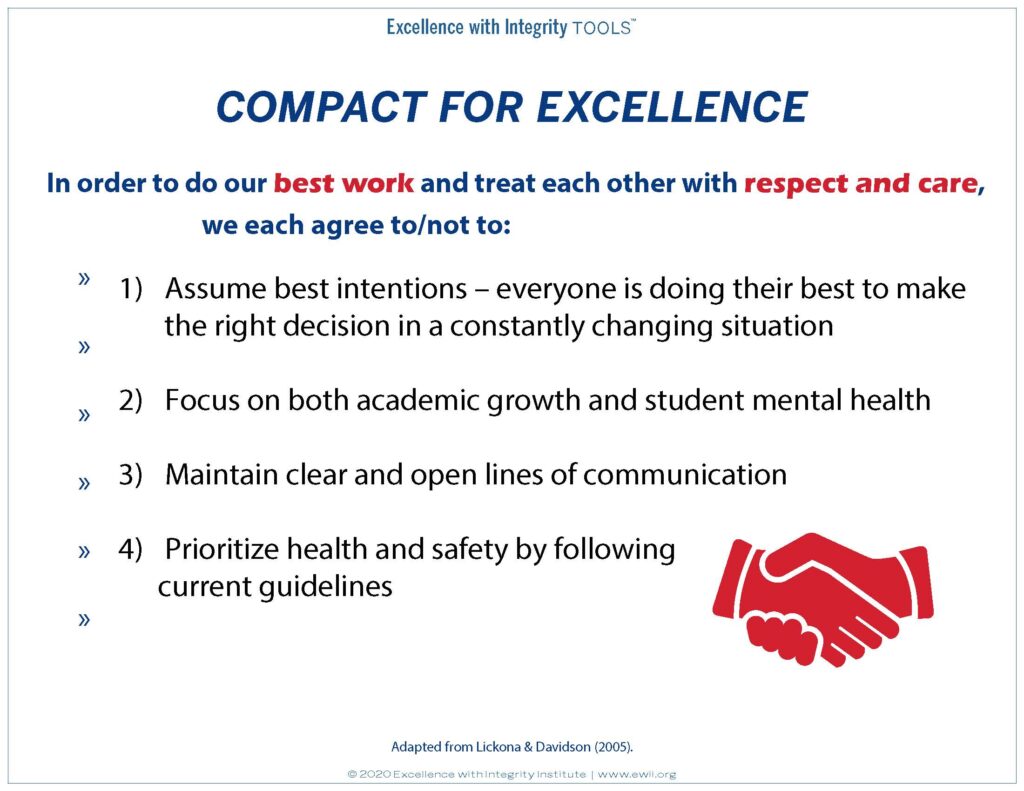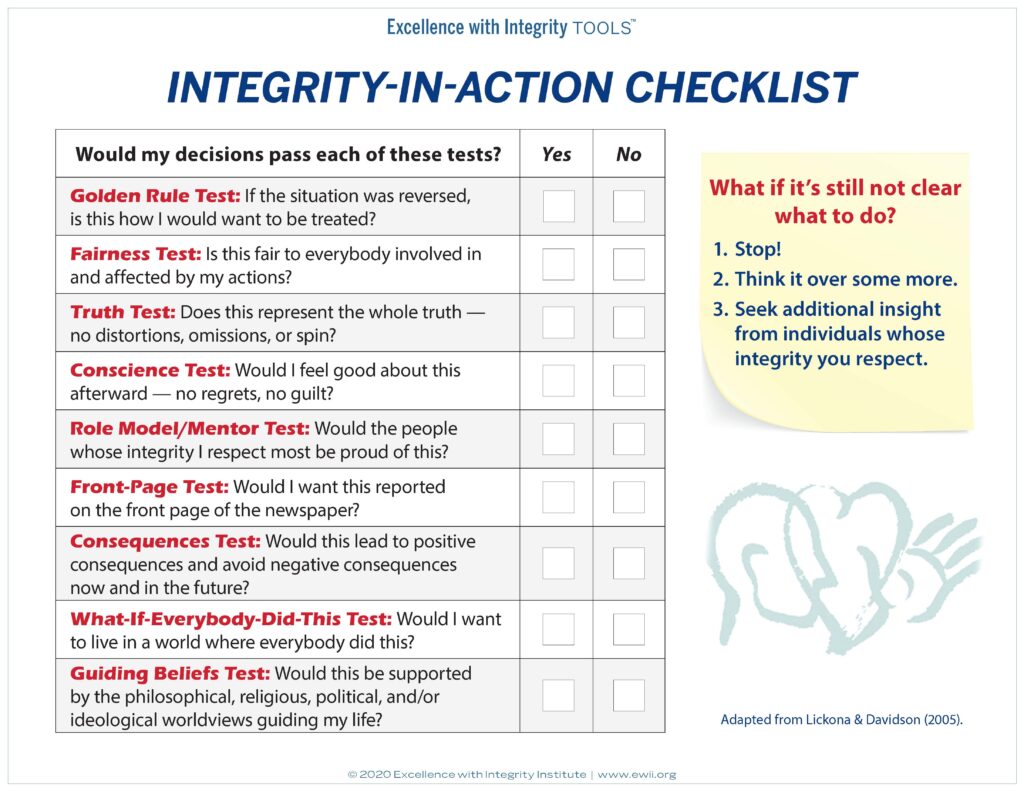Conflict Resolution for Kids
From guest contributor Dr. Michele Borba
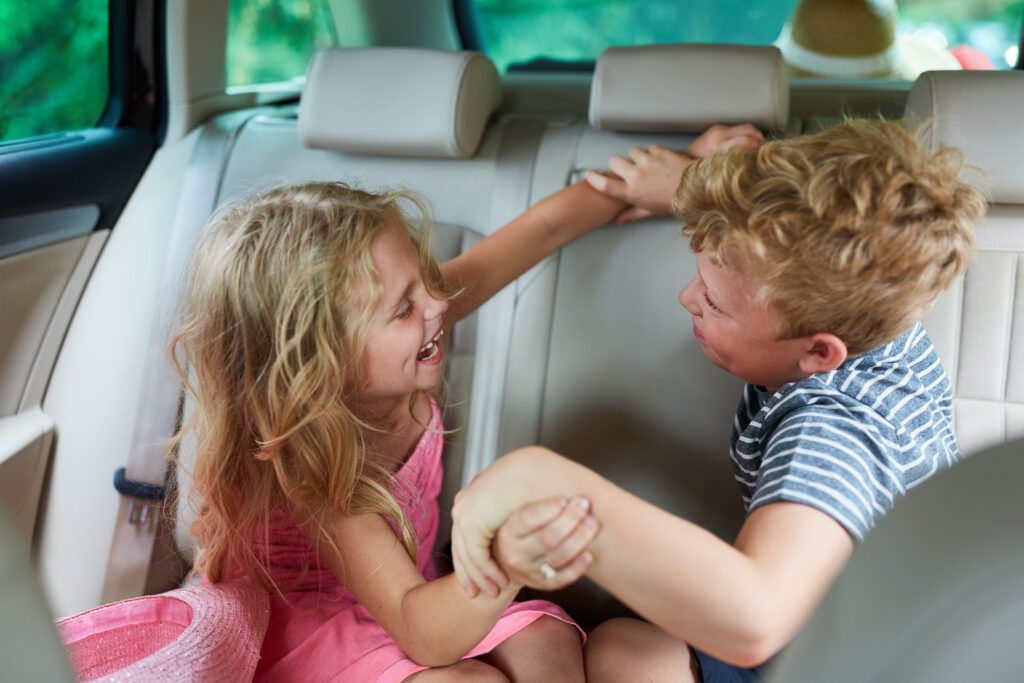
Arguing. Quarreling. Yelling. Door slamming. Crying. Hurt feelings. Sound familiar? Arguments are a big part of why kids can’t get along, and conflict (and conflict resolution) is also a part of life. One of the most essential skills you need to teach your child is how to handle conflicts so he can survive the social jungle and life. Learning how to deal with all those problems that crop up is a big part of growing up and an essential life skill.
The key point is that not only must your child learn conflict resolution, but do so in a peaceful, calm way so that all the kids involved feel like they’ve won. That’s called a win-win scenario and it’s the best way to reduce arguments and restore friendships. Doing so will not only dramatically boost your child’s friendship quotient, but also improve harmony on the home front. And wouldn’t that ever be a plus?
On a day-to-day basis, the problems our kids face are tough: prejudice, sibling conflict, academic and youth sport pressures, rejection by friends, cliques and gangs, bullying, trying to get along, as well as the frustrations of just growing up. These are issues we used to think only affected older kids; the fact is they are impacting our children at a younger and younger age.
Although we can’t protect our kids from problems, frustrations, and heartaches, we can arm them with tools to better handle them. The more we help them learn to resolve conflicts peacefully, the greater the likelihood they’ll develop into more self-sufficient, and resourceful individuals able to deal with any issue—and do so without our guidance.
5 Steps to Help Kids Solve Conflicts Amicably
Use the following as a guide to help your kid minimize fighting and learn to solve problems peacefully. Each letter in the acronym, “STAND” represents one of the five steps in conflict resolution and helps kids recall the process. I developed S.T.A.N.D. when I was teaching special needs kids who had difficulty recalling information. It worked so well for them, I began to use it in my private practice with kids. The best news is that I have students coming back years later saying, “I’m still taking that STAND, Dr. Borba.” YES!!!!
Take a S.T.A.N.D. to Solve a Problem
S – Stop and calm down. Keep emotions in check.
T – Tell what’s bugging you. Listen to each side. Stick to facts!
A – Assess alternatives. Brainstorm your options.
N – Narrow the choices to “win-wins”
D – Decide on the best one that you both agree upon -and do it!
Remember, the best way to teach any skill is by “Showing” not “Telling.” So model each step, and then rehearse it over and over until your child can do each step without you. Learning how to deal with problems in the comfort of your home is also the greatest place for kids to learn by trial and error. Keep reinforcing a realistic approach to help your kids solve problems until they can confidently do so on their own. Finally, make sure you are modeling how to solve problems. Kids watch their parents’ conflict styles and copy.
Step 1. S = Stop and Calm Down
The first step to solving problems peacefully — or conflict resolution — is teaching kids how to calm down and tune into their feelings. The reason is simple: it’s impossible to think about how to solve a problem if you’re upset. Once in control, you can begin to rationally figure out why you’re upset and then find an answer to your dilemma. So teach your kid to take a slow deep breath to calm down or walk away until he’s calm. If emotions are high amongst the two kids, do intervene: “I see two angry kids who need to calm down so they can figure out how to solve their problem.” Tip: You might need to separate the kids until their anger is under control.
Step 2. T = Take Turns Telling What the Problem Is
The trick in this second step in conflict resolution is to teach and then enforce these two critical rules:
- No put downs or name-calling: You must listen to each other respectfully. (And that takes time!)
- No interrupting: Each person gets a chance to talk. You might ask each kid to say what happened, summarize each view, and then end with, “What can you do now to solve this problem?” Make suggestions only when your kids really seem stuck.
Three Tips:
1. One trick: Tell kids to start their explanations with the word “I” instead of “You” then describe the problem and how they want it resolved. Doing so helps the speaker focus on the conflict without putting the other kid down. For instance: “I’m ticked because you never give me a turn. I want to use the computer, too.”
2. If emotions are high, give kids the option of writing or drawing their view of the problem instead of saying it to each other. It’s particularly helpful for younger or less verbal kids.
3. The goal should be to help each kid try and feel what it’s like to be in the other kid’s shoes. One way to do this is by having each kid put into their own words what the other kid has told them.
Step 3. A = List the Alternatives to Resolving It
Next, kids need to think of alternatives so they have more ways to achieve conflict resolution. Whether your child is a preschooler or an adolescent, the basic rules of thinking of solutions (or brainstorming — or “storming your brain for ideas”) are the same:
Brainstorming Rules for Kids
- Say the first thing that pops into your mind-every idea counts.
- Don’t put down anyone else’s ideas.
- Change or add onto anyone’s idea.
- Try to come up with ideas that work for both sides.
Don’t offer your help unless kids really seem stuck! The only way they will develop the confidence to figure things out alone is if you let them. To keep kids focused, say they must come up with five (or two or three for younger kids) different solutions before you return. Then leave for a few minutes. Stretch the time depending on the children’s age and problem-solving skills.
Teach Little Ones to Use a “Hand Pocket Solver”
A fun idea for younger kids is to teach them to use a “Hand Pocket Problem Solver” (aka their hand!) Hold their hand in yours and go through problem-solving steps. You will have to do this a dozen times but it will kick in!
Thumb: Say what’s bugging you (the problem)
Pointer, Middle Man, Ring Man: Name 3 ways to solve it (ANYTHING!)
Pinkie: Name the best choice.
Step 4. N = Narrow Choices
Narrow the options down to a few choices. Hint: You will have to go through this a few times but the process is so important. These are the steps that teach decision-making — the same steps your tween or teen will need later to make good, wise, and safe choices alone.
Here are two rules to help kids get closer to resolving the problem:
- Rule 1: Eliminate solutions that are unacceptable to either kid because they don’t satisfy their needs.
- Rule 2. Eliminate any solutions that aren’t safe or wise (or against our home rules).
Step 5. D = Decide the Best Choice and Do It!
The final step helps kids learn how to make the best decision by thinking through the consequences of their choices. You can teach kids to think about the consequence of their remaining choices by asking: “What might happen if you tried that?”
Another way to help kids decide on the best choice is by helping them weigh the pros and cons of each remaining possibility:
- “What are all the good and bad things that might happen if you chose that?”
- “What is the one last change that would make this work better for both of us.”
Once they decide, the two kids shake on the agreement or take turns saying, “I agree.” And then they must stick to that agreement. Yes, it will take time — so keep on. Remember, your real goal is to help your kids learn to act right and make safe, wise choices without you. So keep guiding your kids until they can do the steps– and then step back so they will.
Michele Borba, Ed.D. is an internationally renowned consultant, educational psychologist, and recipient of the National Educator Award who has presented workshops to over a million participants worldwide. She is a recognized expert in parenting, bullying, youth violence, and character development and author of 22 books including UnSelfie: Why Empathetic Kids Succeed in Our All-About Me World, The 6Rs of Bullying Prevention: Best Proven Practices to Combat Cruelty and Build Respect, The Big Book of Parenting Solutions, and Building Moral Intelligence. She has appeared over 130 times on the TODAY show and is a frequent expert on national media including Dateline, The View, Dr. Oz, Anderson Cooper, CNN, Dr. Drew, and Dr. Phil. To book her for speaking or media even refer to her website: www.micheleborba.com. Follow her on Twitter @MicheleBorba.

